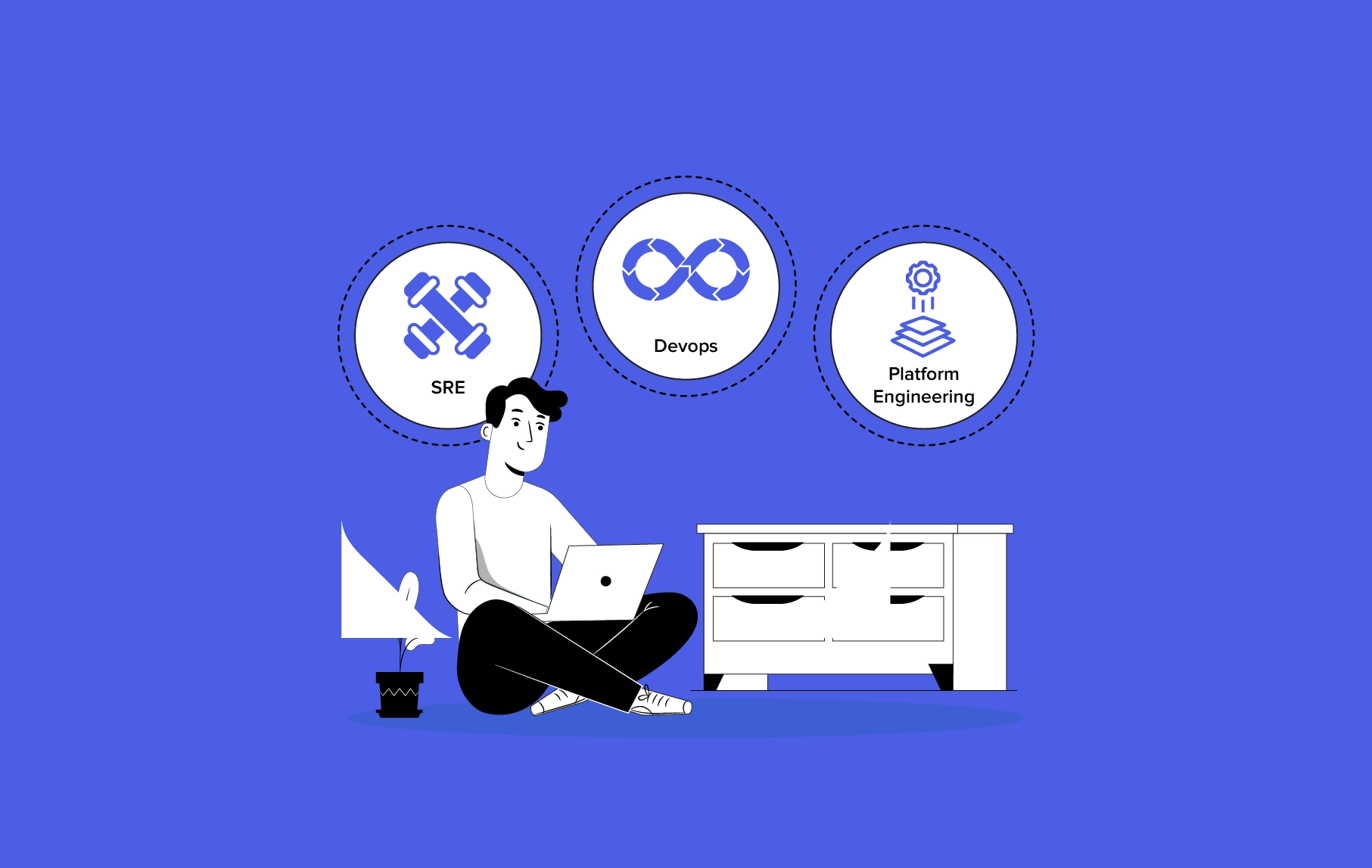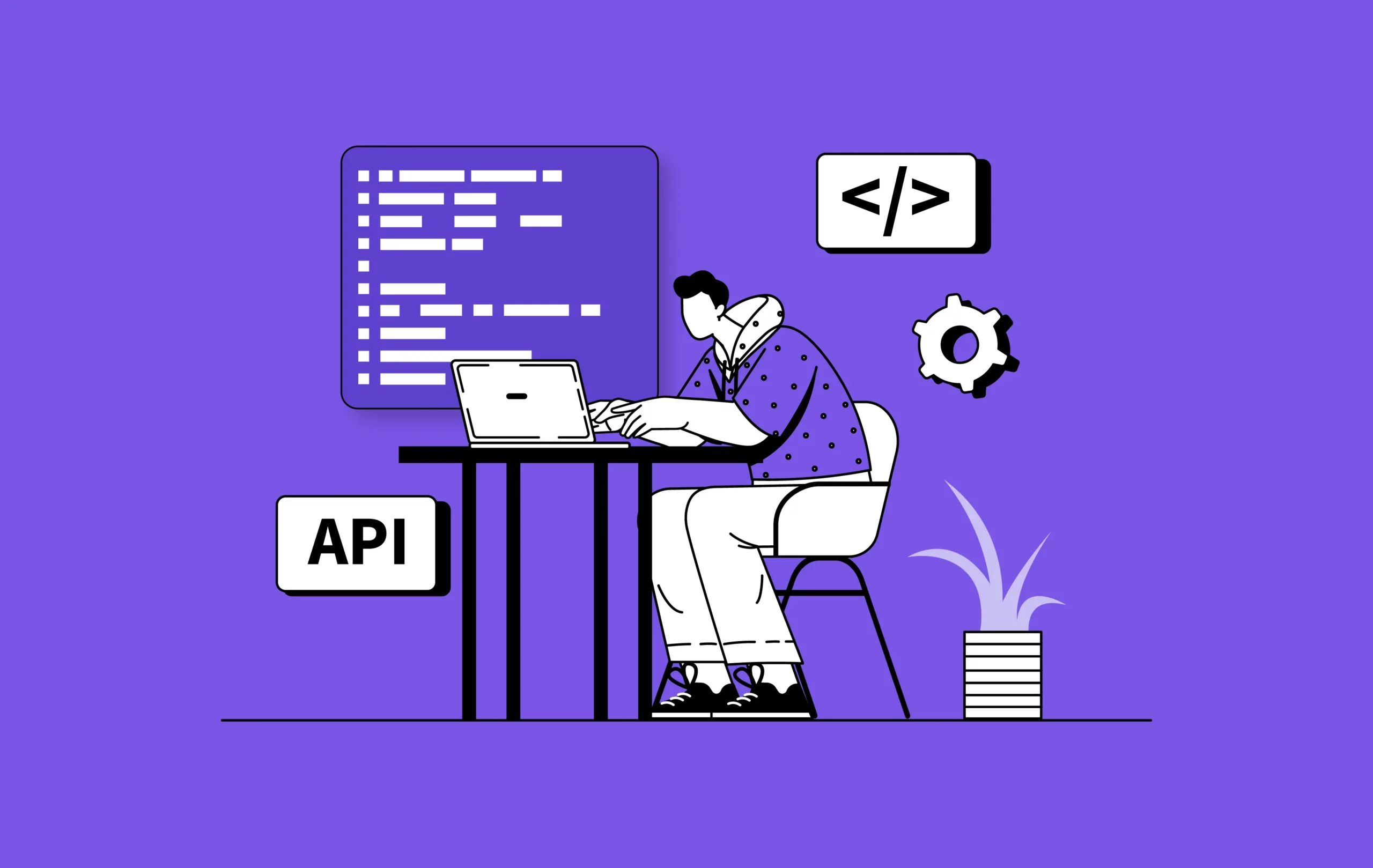Software product or application development has been into existence for decades. However, it has undergone multiple evolutions over a period of time to meet business expectations on an ongoing basis. While the DevOps development movement started 12-13 years ago, it is still a principle that a lot of organizations and technology leaders are aspiring to learn and adopt.
Even before the DevOps era, organizations have built business-critical and complex applications successfully. For instance, Adidas, one of the largest sports merchandise brands, got an end-to-end application built from Appinventiv to expand its mobile presence across the globe. The result? The brand acquired over 500K new users in a span of a few weeks.
However, in today’s era, to catch up with the rocket speed of business and its expectations, there are many aspects that organizations tend to miss without DevOps. This pushes technology leaders to embrace DevOps to modernize their software engineering practices more than ever.
In this article, you will learn how technology and business leaders can modernize their software engineering with DevOps services, which I call the “Journey to DevOpsification”.
The fundamental essence of DevOps software development process is to break the silos and bring Development & Operations teams together. It is this combination of culture, tools, processes, practices & people which increases our ability to deliver applications faster and is called DevOps. – Gopesh Verma, VP Cloud & Devops, Appinventiv
Modernizing Software Engineering with DevOps
Modernizing your software engineering with DevOps is not about implementing some tools or hiring a DevOps engineer in your team. It is much more than that. Most organizations that fail to implement DevOps successfully have focused on tech aspects of it like tools while ignoring other vital elements like culture, DevOps development processes and people.
That is why modernizing your software engineering with DevOps is a journey. This DevOps development journey is a cyclic process with the following:
- Gap Analysis
- Cultural Transformation
- Design & Stack Finalization
- Implementation
- Measure & Continuous Improvement
Usually, Management Buy-In sits at the center as it is essential to have the alignment between the management and leadership, which forms a vision cascaded to every team member.
Now, let’s take a look at each phase of the cyclic process in detail.
1. Gap Analysis
Gap Analysis starts by defining a “Realistic” & “Relevant” VISION for your DevOps development Maturity and conducting a DevOps Maturity Assessment.

Following are some of the suggestive (non-exhaustive) parameters to consider in your Gap Analysis.
Source Code Management: Is there any source code and version management tool being actively used? Is proper code branching methodology being followed?, etc.
Build & Deployment Automation: Are build files and artifacts being managed with automation? Does your team manually deploy the code, or is the same automated via scripts or UI-driven DevOps tools with complete build and deployment pipelines?, etc.
Infrastructure Automation: Is your infrastructure provisioning a manual DevOps development process or automated? How much time does it take for your team to launch a new environment for the application?, etc.
Configuration Management: Are application and infrastructure secrets being managed well with the help of DevOps tools? Are your application and infrastructure-centric configurations embedded in code or externalized via tools?, etc.
Monitoring & Alerting: Is automated monitoring via tools enabled for all critical functions of your application and infrastructure? Do you get the alarms for any failure or poor performance in any of the critical functions of the application and infrastructure before your customers notify it?, etc.
Log Management: Is it easy for developers to find, analyze, and draw inferences from the logs? Are the logs across different services centralized with a purpose?, etc.
Resilience & Security: Are backup and restoration mechanisms in place such that you are able to recover maximum in the shortest possible time frame? Is your application and infrastructure at least well protected against some of the common vulnerabilities?, etc.
Cost Management: Do you have the mechanism to review your spending on infrastructure and toolkits? Do you get automated recommendations for the cost or spend optimization?, etc.
However, none of this can happen without the correct “Change in Mindset & Way of Working” – The DevOps Cultural Transformation! So make sure you do a “Culture Transformation Adaptability Check” as part of the Gap Analysis exercise while you are in DevOps software development lifecycle.
Also, you can consider Chatbot integration for DevOps workflow to modernize your software engineering practices
Also Read: AI-Driven DevOps: Revolutionizing Software Development and Operations
2. Cultural Transformation
Cultural adaptability of the successful deployment of DevOps for business across the departments is key to the successful DevOps software development cycle.

In order to build the DevOps culture, you may want to focus on the following key aspects:
Right Organizational Structure
Entire premise of DevOps development is to break the silos, so even after having DevOps implementation done, if we continue to treat DevOps as a separate department, then it may lead to undesired results.
While different structures are possible as per the overall delivery model, like cross-functional teams or tribes, it is crucial to think through on overall organizational structure for putting up DevOps in place.
Cohesive Team Dynamics
You have to encourage the team to unlearn and forget any conflicts across development and operations which have been existing in the past prior to DevOps. Shared responsibility and a collaborative ecosystem for common goals are important.
Independent Yet Not Isolated
We must make teams and team members autonomous and independent so that they may make quick decisions and be accountable for their end goals. While doing so, we have to be careful that it does not lead to the isolation of teams creating silos which is the most undesired state for successful DevOps setup.
Automation First Mindset
DevOps is all about automation, and that can only come when every team member has an inherent interest in automating their jobs. So build teams with an automation mindset for successful DevOps setup.
Transparency, Communication & Collaboration
As we break the silos, we must encourage teams to be transparent and to communicate with internal and external stakeholders for seamless collaboration.
Encourage Mistakes
With a wide breadth of tech stack options and an ever-changing ecosystem of DevOps, mistakes will be inevitable. While the mission-critical business demands zero tolerance for errors, we have to be observant of early signs and give the team the courage to try things without any fear of making mistakes.
Agility
Embracing change is really important for DevOps. Agile DevOps methodology is one of the key aspects for the product team and an overall organization to reap the maximum benefits of DevOps.
Continuous Learning & Improvement
If you do not want your DevOps setup to be a one-time show, then do bring in the culture of feedback, continuous learning and urge for constant improvement.
3. Design & Stack Finalization
This is where the technical skills and breadth of knowledge help. Understand your use cases and gaps in current DevOps maturity assessment and design the architecture with the right tools and technology as per your needs. Remember not to overdo it to achieve a lot.
4. Implementation
Implementation is more of executing your vision to reality in DevOps software development. Start with the right planning and do keep the following in mind for a seamless implementation:
- Bridge the knowledge gaps
- Bring right talent
- Believe in PoCs
- Plan effectively – Phased approach rather than the big bang
- Don’t let it happen in a silo. Bring it in, team!
5. Measure & Improve
Feedback and continuous improvement is crucial for success. While you measure your achievements, do not just focus on technical KPIs. Business KPIs and team KPIs are equally important to be measured to celebrate your success and continuously pivot yourself for improvement.
Business KPIs
- Increased release cycles
- Faster time to market
- Increased system availability
- Better C-SAT, etc.
Technical KPIs
- Performance metrics
- Incident and alerts metrics
- Code quality metrics
- Security scan reports, etc.
Team KPIs
- Team cohesiveness/conflicts
- Learning and growth
- Effective utilization
- Throughput/velocity, etc.
DevOps journey is about changing paradigms, enabling businesses to deliver updates rapidly and improving operations. The entire journey discussed above requires coordination and execution by product, development and operations functions. Therefore, embedding multiple disciplines together might help you achieve a better business outcome.
The Future of DevOps in Product Engineering
Since the time DevOps entered the software industry, it has proven its effectiveness in multiple ways. From speeding up the software development processes to bringing valuable quality products, DevOps is one of the biggest trends of the future. A Step further, to tackle security, a new form is emerging known as DevSecOps which is crucial for cloud security.
Besides, as more organizations move to the cloud, DevOps will be strictly connected to cloud native security, transforming the way software applications are built, delivered and deployed. Last but not the least, involve your DevOps operational services as much as possible to build user oriented high-tech products.
[Also Read: Cloud-based app development: Benefits, development process and costs]
How can Appinventiv Help Your Business with DevOps?
Appinventiv is a leading cloud, and DevOps consulting services provider helping organizations of all scales adopt and implement DevOps practices successfully. Our DevOps approach makes use of the best CI/CD processes, tools, and practices needed to accelerate the software delivery process.
Some of our DevOps services include:
- DevOps roadmap and strategy
- DevOps maturity audits
- Platforms, services advisory
- Cloud infrastructure security audits
- Cloud security implementation services
- DevOps automation implementation
- DevOps for mobile application services and more
Consult our experts to get started today!


Excellence Together

SRE vs DevOps vs Platform Engineering - A Comparative Analysis for Enterprises
In the fast-paced landscape of modern IT, enterprises face the important challenge of navigating and optimizing their operational frameworks. Three particularly prominent methodologies in this transformative journey are Site Reliability Engineering (SRE), DevOps, and Platform Engineering. Each approach has its own principles, advantages, and potential pitfalls, highlighting the diverse strategies available for businesses to enhance…

Measuring DevOps Success in the Enterprise with DORA Metrics
Digital transformation has turned nearly all businesses into software enterprises, empowering them to deliver cutting-edge solutions to meet evolving market needs. However, software development is a complex process involving multiple DevOps teams to work in different silos on a big project. These teams can be spread worldwide, making it challenging to track who is doing…











